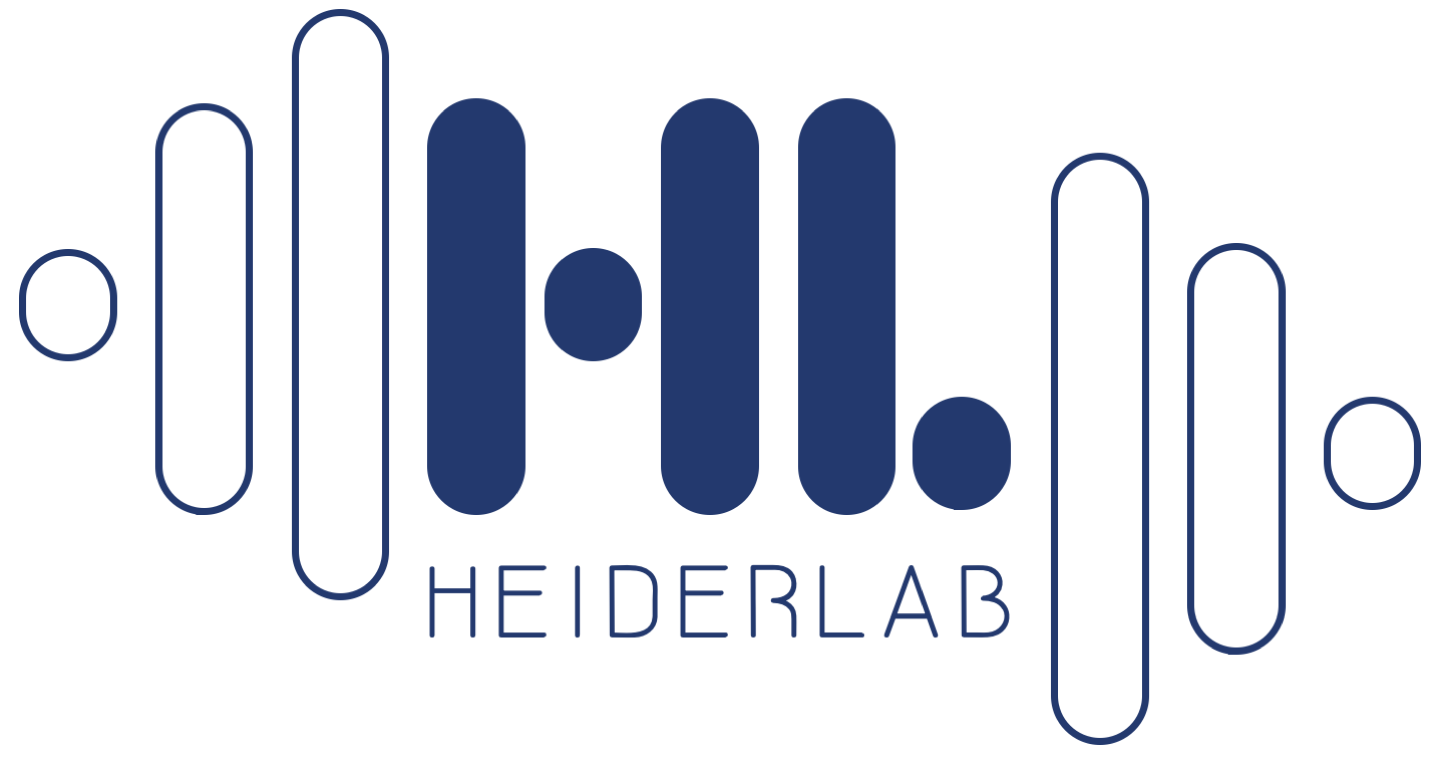New publication
We published a new article in Medicine:
Baars T, Neumann U, Jinawy M, Hendricks S, Sowa JP, Kälsch J, Riemenschneider M, Gerken G, Erbel R, Heider D, Canbay A: In Acute Myocardial Infarction Liver Parameters Are Associated With Stenosis Diameter. Medicine 2016, 95(6):e2807. (Link)
Abstract
Detection of high-risk subjects in acute myocardial infarction (AMI) by noninvasive means would reduce the need for intracardiac catheterization and associated complications. Liver enzymes are associated with cardiovascular disease risk. A potential predictive value for liver serum markers for the severity of stenosis in AMI was analyzed.Patients with AMI undergoing percutaneous coronary intervention (PCI; n = 437) were retrospectively evaluated. Minimal lumen diameter (MLD) and percent stenosis diameter (SD) were determined from quantitative coronary angiography. Patients were classified according to the severity of stenosis (SD ≥ 50%, n = 357; SD < 50%, n = 80). Routine heart and liver parameters were associated with SD using random forests (RF). A prediction model (M10) was developed based on parameter importance analysis in RF.Age, alkaline phosphatase (AP), aspartate aminotransferase (AST), and MLD differed significantly between SD ≥ 50 and SD < 50. Age, AST, alanine aminotransferase (ALT), and troponin correlated significantly with SD, whereas MLD correlated inversely with SD. M10 (age, BMI, AP, AST, ALT, gamma-glutamyltransferase, creatinine, troponin) reached an AUC of 69.7% (CI 63.8-75.5%, P < 0.0001).Routine liver parameters are associated with SD in AMI. A small set of noninvasively determined parameters can identify SD in AMI, and might avoid unnecessary coronary angiography in patients with low risk. The model can be accessed via http://stenosis.heiderlab.de.

